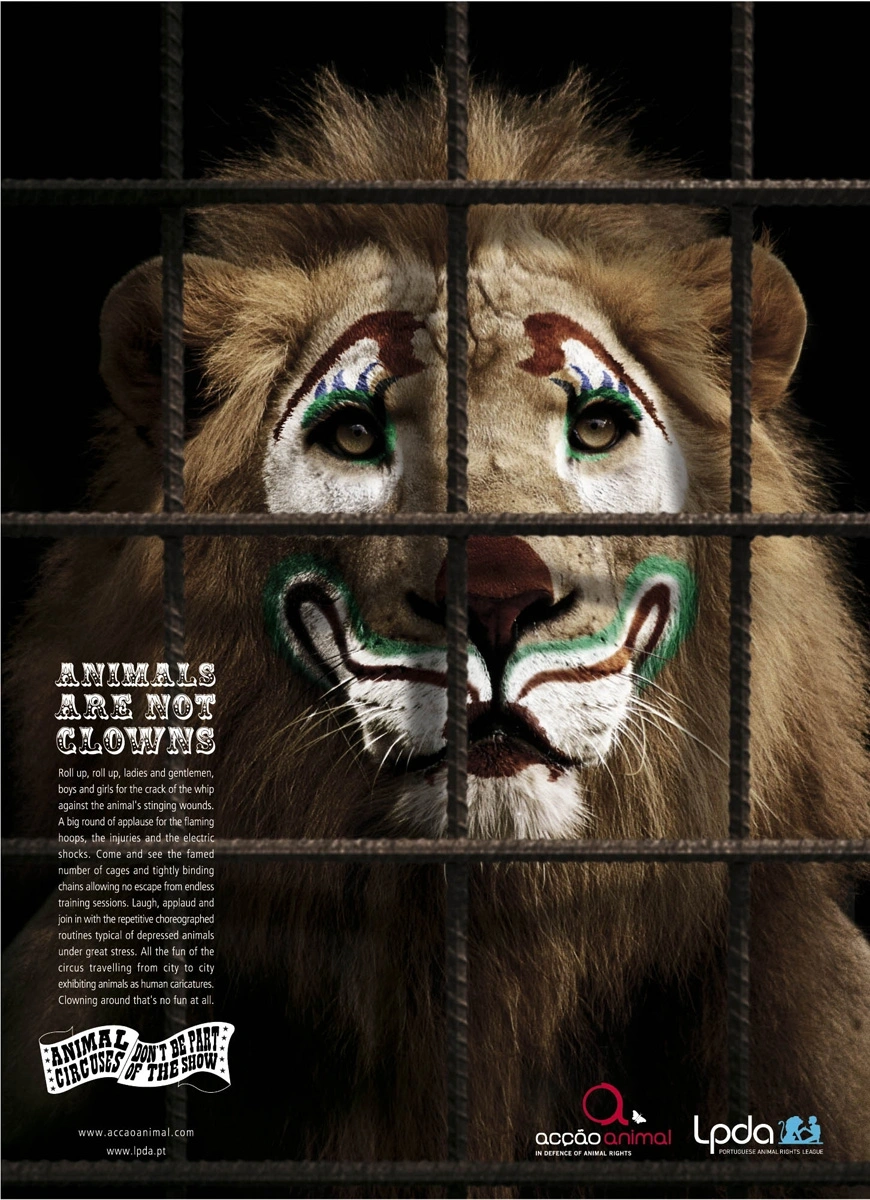HOW TO SHAPE YOUR BRAND ENERGY AND YOUR BRAND IMAGE?
Published on June 01, 2020 - Updated on December 01, 2023
How to shape your brand energy and your brand image?
Capturing the attention of customers is not enough: we must retain them and, to do so, get to know them.
What tool can help companies understand, attract and retain customers? Emotional marketing of course! This concept is at the heart of effective marketing strategies. Forget about purely informative and rational advertising campaigns: they are outdated because they are ineffective in gaining support and attracting more customers. Now, marketing is based on understanding emotions!
Capturing the attention of customers is not enough: you have to retain them and, to do so, get to know them. What tool can help companies understand, attract and retain their customers? Emotional marketing has its say! This concept is at the heart of effective marketing strategies. Forget about purely informative and rational advertising campaigns: they are outdated because they are ineffective in gaining support and attracting more customers. Now, marketing is based on understanding emotions.
The challenge of this strategy is twofold, as you must not only elicit the desired emotions, but also respond to and limit other emotions. If you are successful in providing an emotional experience for your customers, you can increase their loyalty.
Here are the 6 best known emotions that have proven to be effective in marketing. In this article, you will find deciphered emotional advertising campaigns.
THE HAPPINESS
It is The Emotion: the most widespread in marketing, the most embodied in advertising. Because happiness is contagious, basing your marketing campaign on how your product can cause happiness is a good way to gain public support. Delighted by your positive messages, the public will want more. In fact, happiness is satisfaction, pleasure, excitement and sharing. More than that, it translates into consumer behaviour: when we're happy, we want to savour, to savour. With this knowledge, many advertisers base their marketing strategy on this emotion. Therefore, be inventive in your use of happiness and find new ways to generate joy.
Coca-Cola has long based its campaigns on happiness (left, 2013), but the company has decided to change its strategy this year (right, 2016).
In concrete terms, how to benefit from a happy customer? Make them subconscious spokespeople, because happy customers who express their feelings and create a wave of praise can become active ambassadors for the company. As a result, they become sales agents, sharing their pleasure and satisfaction. It is therefore essential for a company to know how to create happiness, how to renew and maintain it, and how to transform it into loyal and active consumer engagement.
THE SURPRISE
Not surprisingly, surprise is an emotion that sells: if you surprise your customers, you capture their attention and expand their comfort zone. Often, if you show the effect of the unexpected, you will create buzz and generate noise, factors that are conducive to the success of a marketing campaign.
Surprise customers with new products to stimulate their desire for discovery and to feed their curiosity. Encourage your customers to be seduced by the experience. This will require creativity, so don't hesitate to think outside the box.
©Guigoz 2012
This ad made her name thanks to her surprising point of view on the brand. But stay alert: surprise attracts the customer, but it doesn't necessarily hold him back! You must therefore refrain from over-selling the product to avoid risking the disappointment of customers who were expecting something better. Because by feeling fooled, customers will not hesitate to leave your company. So surprise them regularly! When innovation becomes a visual identity, it creates a strong bond with your customers, who are eager to discover the next surprise and are therefore very loyal to your brand.
THE FEAR
After happiness, fear is the emotion most used in emotional marketing, especially in prevention campaigns (alcohol, tobacco, etc.). Indeed, terrifying content has the power to make a campaign viral because fearful consumers will share their experiences with others, either to reassure them or to prevent them!

©Mudra Group 2010, Bangalore - Awareness campaign about road safety.
But be careful when you provoke this emotion: too much fear will give you the opposite of the desired effect! The consumer will instead focus on the anxiety generated by the advertisement and will not really understand the message you are trying to convey. Worse still, the customer may feel shocked and emotionally abused, so they probably won't want to know more about your advertising and your brand. In return, they will avoid it and try to forget about it. It is therefore essential to know what may cause anxiety in your audience in order to anticipate buying constraints and identify potential blockages. If your emotional strategy is to frighten your customer, it is always necessary to do so in a discreet, calculated and reversible way.
SADNESS
Sadness and disappointment are emotions linked to our own experiences. They are rarely used because brands do not want to be associated with their consumers' bad experiences for fear of a negative impact on their image. However, this emotion, if well controlled, can trigger consumer empathy, which will help build a closer and more lasting brand relationship.

Acção Animal 2008, how to use the sadness of animals to ban their use in the circus.
A sad customer is first and foremost a loyal customer who has been disappointed or frustrated by the brand. However, by expressing sadness, the customer warns the company that something is wrong. For this reason, the company needs to know how to understand these signals, as they can highlight problems that the brand was not aware of, but which are highly displeasing to customers. Being attentive to the causes of sadness is a way for the company to put in place levers to improve the customer experience and regain the confidence of those consumers who, at one point, were considering leaving.
THE ANGER
It's an inherently viral emotion: angry people are rarely silent. On the contrary, they radiate anger, sharing their irritation! Therefore, it becomes productive in emotional marketing to generate this reaction to encourage consumers to share content. But like sadness, anger is an emotion that needs to be controlled and dosed carefully to avoid the Bad Buzz that could harm you. The main goal is to encourage consumers to share information, not to enrage them!
Perrier 2018: to use anger to express his desire for the product.
In addition, anger must be clearly identified and guided. It should not be directed at the company, but provide an immediate, spontaneous and ephemeral atmosphere. It is essential that this does not last because angry customers are brand opponents, and once this stage is reached, you will certainly lose these customers. To avoid this pitfall, anger must be managed carefully and with restraint, and responded to quickly, effectively and satisfactorily. If customers are angry in an unpremeditated or unwanted way, calm them down to counteract this feeling.
Disgust
Disgust is an extremely strong, violent and uncontrolled emotion. This emotion is an exclusively negative feeling. Rather, it has a commercial interest and can be used as an intelligent emotional marketing strategy. This is the case with campaigns used to denounce bad behaviour or to incite boycott. Repulsion is then used for its destructive effect: the objective is to shock consu mers and make them stop using another brand.
Video Disgust
Advertising of ©GreenPeace 2010 against ©Nestlé and its intensive use of palm oil.
Make sure that disgust, even if it can be aroused against a competitor, is not felt towards your company. In this case, the customer is definitely lost, as the cost of the takeover is too high. Because disgust leaves a marked and indelible taste and is almost impossible to erase, it is easier to avoid using this emotion in marketing because it can be so risky.
Happiness, surprise, sadness, fear, anger, disgust. All these emotions are essential to the development of a powerful, involved and, therefore, successful marketing strategy. Controlling their appearance, their effects and their durability is therefore essential. To do so, knowing your clients - their strengths, weaknesses, aspirations and inclinations - is the cornerstone of building a strong, lasting and productive relationship.
The question we can now ask ourselves is how to analyze these emotions in customers in order to carry out marketing campaigns?
There are several KPIs that are commonly used to measure customer satisfaction, but this does not really take into account the specific emotion provided by the customer. Indeed, the Net Promoter Score (NPS), for example, is a very frequently used KPI to measure customer satisfaction on a scale defined by the company. The problem with this measurement is that it can be distorted by the business by pushing customers to rate it well or by sending this survey only to satisfied customers, etc.
On the other hand, when the NPS is used well, it can be a good factor to take into account when analyzing customer satisfaction.
To go further, the semantic and emotional analysis of customer reviews is an even more effective and precise tool for understanding the emotions aroused in your customers. Quite often, your customers' reviews are posted on open sources such as Tripadvisor or Google review and are therefore rarely influenced by your business. The Q°emotion tool makes it possible to collect all the comments received via the various sources available on the internet in order to then analyze their semantics and extract the emotions perceived by your customers to transform them into insights.
Finally, with these insights you will be able to identify the irritants in your customer journey and work on them to reduce your attrition.
Now it's your turn to examine your audience's emotions to decipher and better control them.